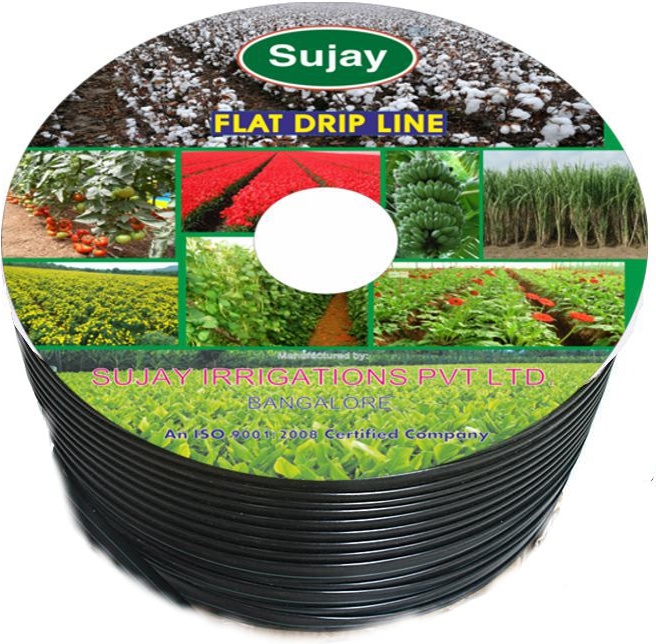Integrated Drip Lines (IDL) have emerged as a transformative technology in the field of agriculture, reshaping traditional irrigation practices to meet the demands of a growing population and environmental sustainability. This system, characterized by a network of tubing with strategically placed emitters, has proven to be a game-changer by optimizing water usage, enhancing crop yields, and fostering environmental conservation.
The fundamental principle of Integrated Drip Lines revolves around delivering water precisely to the root zones of plants, eliminating the inefficiencies associated with conventional irrigation methods. Unlike surface watering, which often results in water wastage through evaporation and runoff, IDL ensures targeted and controlled water application. This precision not only conserves water but also enhances the absorption of moisture by plants, promoting healthier and more robust crop growth.
A notable advantage of Integrated Drip Lines lies in its adaptability to diverse crop types and terrains. Farmers can customize the spacing between emitters and regulate the flow rate based on the specific water requirements of different crops. This flexibility enables the efficient cultivation of various crops, ranging from staple grains to specialty crops like fruits and vegetables. The adaptability of IDL contributes to its widespread adoption across different agricultural landscapes.
The efficiency of Integrated Drip Lines extends beyond water conservation to weed control. By delivering water directly to the root zones of plants, the system deprives weeds of the moisture they need to thrive. This targeted approach not only reduces the competition for water resources but also minimizes the need for herbicides, promoting environmentally friendly farming practices.
Soil health is another area where Integrated Drip Lines excel. Traditional irrigation methods, such as flood or furrow irrigation, can lead to soil erosion and nutrient leaching. In contrast, IDL preserves soil structure by delivering water directly to the root zone without disturbing the soil surface. This contributes to soil conservation, erosion prevention, and the retention of essential nutrients critical for plant growth.
One of the noteworthy advancements associated with Integrated Drip Lines is the integration of automation and smart irrigation. Sensors can be incorporated into the system to monitor soil moisture levels, weather conditions, and crop water requirements. This data is then used to automate the irrigation schedule, ensuring that crops receive the optimal amount of water. Smart irrigation not only enhances efficiency but also reduces the need for manual intervention, making the farming process more streamlined and resource-efficient.
In the context of global challenges such as water scarcity and climate change, Integrated Drip Lines play a pivotal role in sustainable agriculture. By maximizing water efficiency, reducing environmental impact, and fostering precision farming practices, IDL contributes to the long-term resilience of agricultural systems. As the demand for food production continues to rise, embracing technologies like Integrated Drip Lines becomes crucial for ensuring food security while minimizing the ecological footprint of agriculture.
In conclusion, Integrated Drip Lines have emerged as a cornerstone technology in modern agriculture. Their precision, adaptability, and sustainability make them an indispensable tool for farmers seeking to navigate the complex landscape of resource constraints and environmental concerns. As the agricultural sector continues to evolve, Integrated Drip Lines stand out as a beacon of innovation, offering a sustainable solution to the pressing challenges facing global food production.





Comments